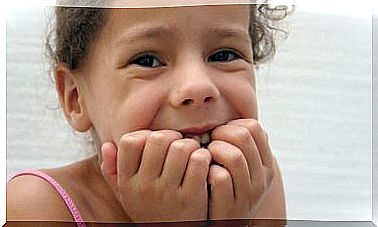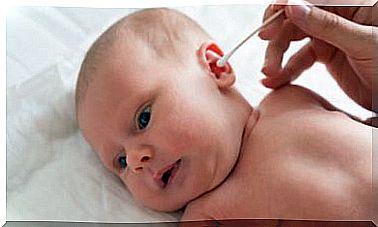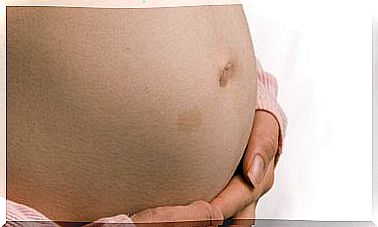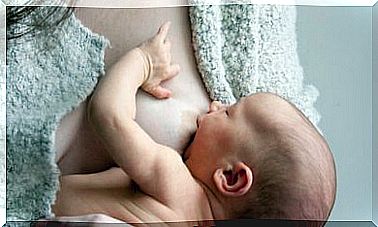What Causes Birthmarks In Babies?
Birthspots cause a lot of curiosity, sometimes they are a familiar reference and others are related to mythological themes. What is taken for granted is that they are quite common and tend to be harmless; even so, they may end up causing concern about their cause and evolution. Therefore, in this post we want to clarify many doubts about this topic, taking advantage of the experts’ knowledge.
For Health experts, skin blemishes can be explained in many ways. Although all deserve special attention, only a few of them can be considered a real problem. In the case of birthmarks, they turn out to be attractive because of the baby’s skin color and the parents’ curiosity when they meet their child.
Generally, the startle that the newborn’s spots cause us ends up passing as we get used to seeing them. It is very common that we relate them to that stain that the father, grandfather or brother has, soon they become a sign that defines them as individuals.
What are birthmarks?
Pediatrician Dr. Oscar Fielbaum describes birthmarks as changes in the color of the newborn’s skin; they may or may not be born with the baby, as they sometimes tend to appear weeks after the baby is born. It is known that at least 80% of people are born with some type of spot, which makes them very common.
A characteristic of this type of brand is that they remain intact for life ; however, some of them tend to disappear over time. However, no matter where they are located, their size or color, parents should be sure of their characteristics by consulting a pediatrician.
The expert points out that, although most of these stains are harmless, the best thing to do is to confirm this through a quick diagnosis, because this could improve an eventual procedure. However, the general explanation in these cases is that it is a hormonal, genetic and nutritional sequence that the fetus received during pregnancy.

The baby’s skin is very delicate, so it is not advisable to take measures to treat the mole or spot without receiving recommendations from the doctor. Before starting any treatment, it is essential that you make an appointment with a doctor, as some type of intervention is not always necessary. Furthermore, through the application of chemical substances or products to eliminate the stain, we can make them absorbed by the baby’s skin.
Types of birthmarks
Spots or blemishes may vary in features such as size, color or shape. According to these factors, experts classify them as hemangiomas, nevi, or wine stains. Likewise, there can be small, medium and large; they appear indistinctly in any part of the body, and they can also be classified in relation to their appearance and tonality.
As for their size, birthmarks are classified as small, when they are 1.5 cm, being most of them; medians measure between 1.5 and 2 cm; and the big ones are those that are larger than 2 cm. The following types of brands are identified, according to other characteristics:
- They are vascular tumors that can vary in size over time, they can be somewhat more worrisome than others. They are found in at least 20% of newborns, their color is an intense red, whose genetic load is quite large. They are more common in premature babies, especially girls.
- Also known as congenital signs, these are pigmented cells that may have a smooth or bulging texture, sometimes have small hairs, and may appear years after birth. Appear in 1% of babies; their dimensions can vary from small to large.
- Bluish Mongolian. These patches can be bluish or grayish, are usually large and their outlines are not well defined; they appear especially in dark-skinned people and tend to disappear in the first years of life. They are flat patches, not related to diseases because they are found on the surface of the skin; most of them appear in the area of the back and buttocks.
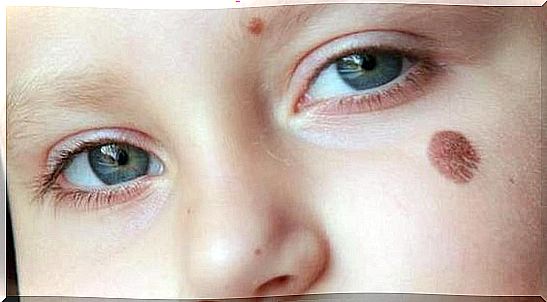
- Light coffee. These spots may appear more than one per baby, they are smooth, quite light, and their incidence level reaches up to 50%. Due to sunlight, these spots often become lighter or disappear altogether.
- Wine color. They are frequent on the scalp, face and neck; their color varies between pink and purple, it is even possible to see them in port wine color. They appear on the average of three in every thousand newborns; but as they are avascular they tend to stay longer, become darker, and develop a certain bulge.
